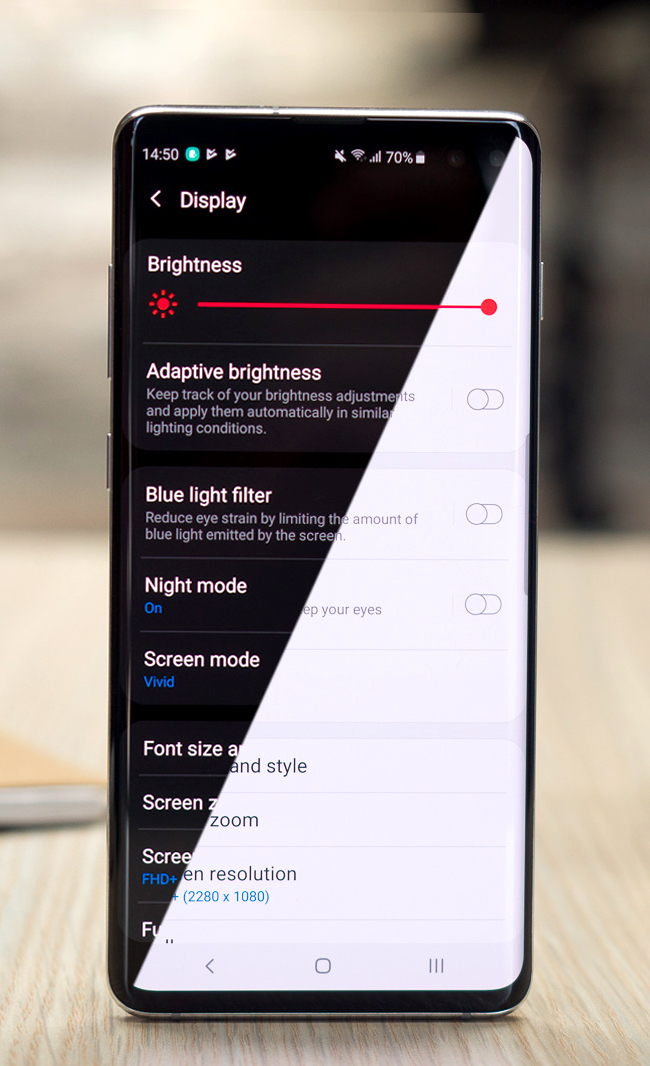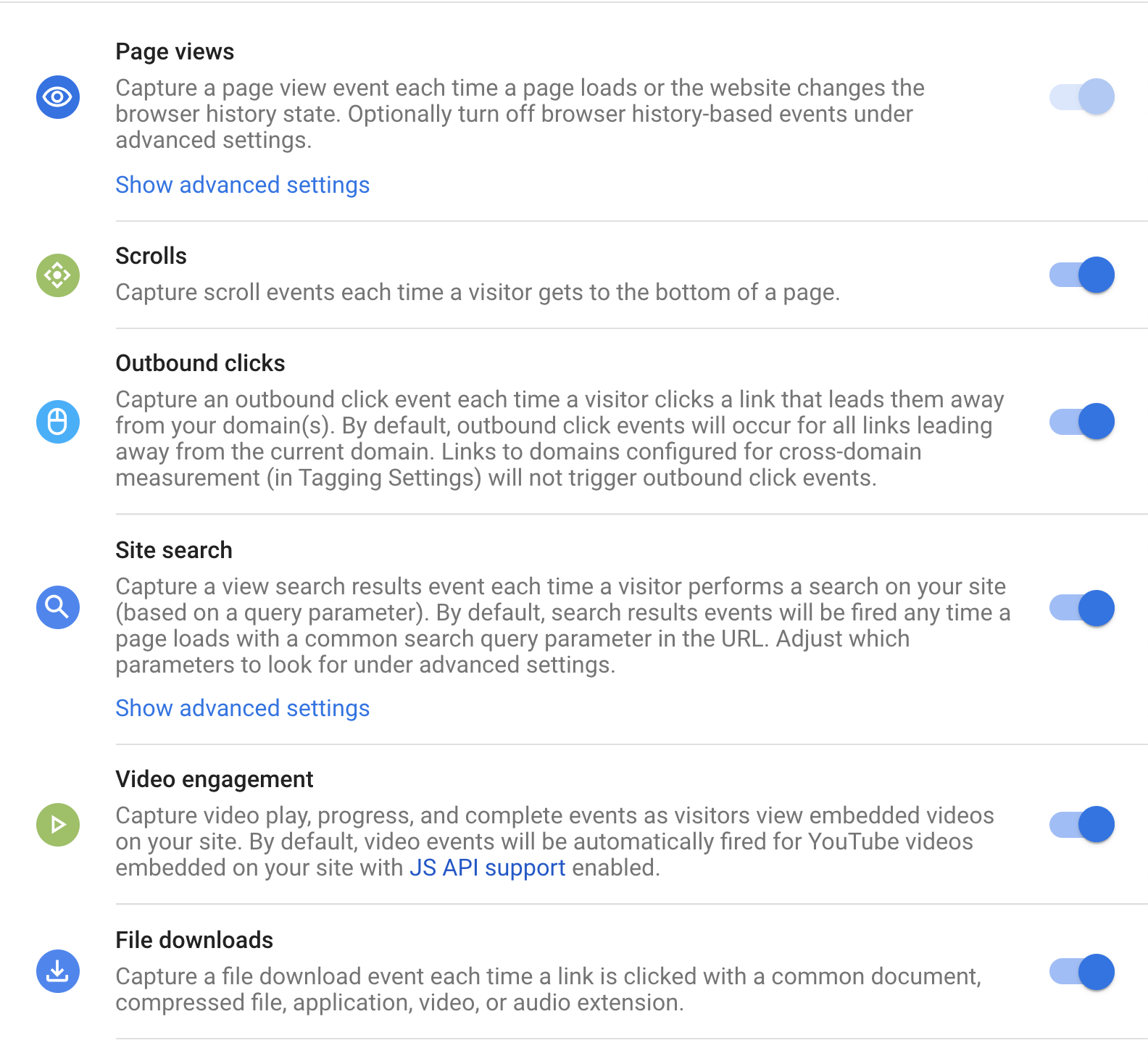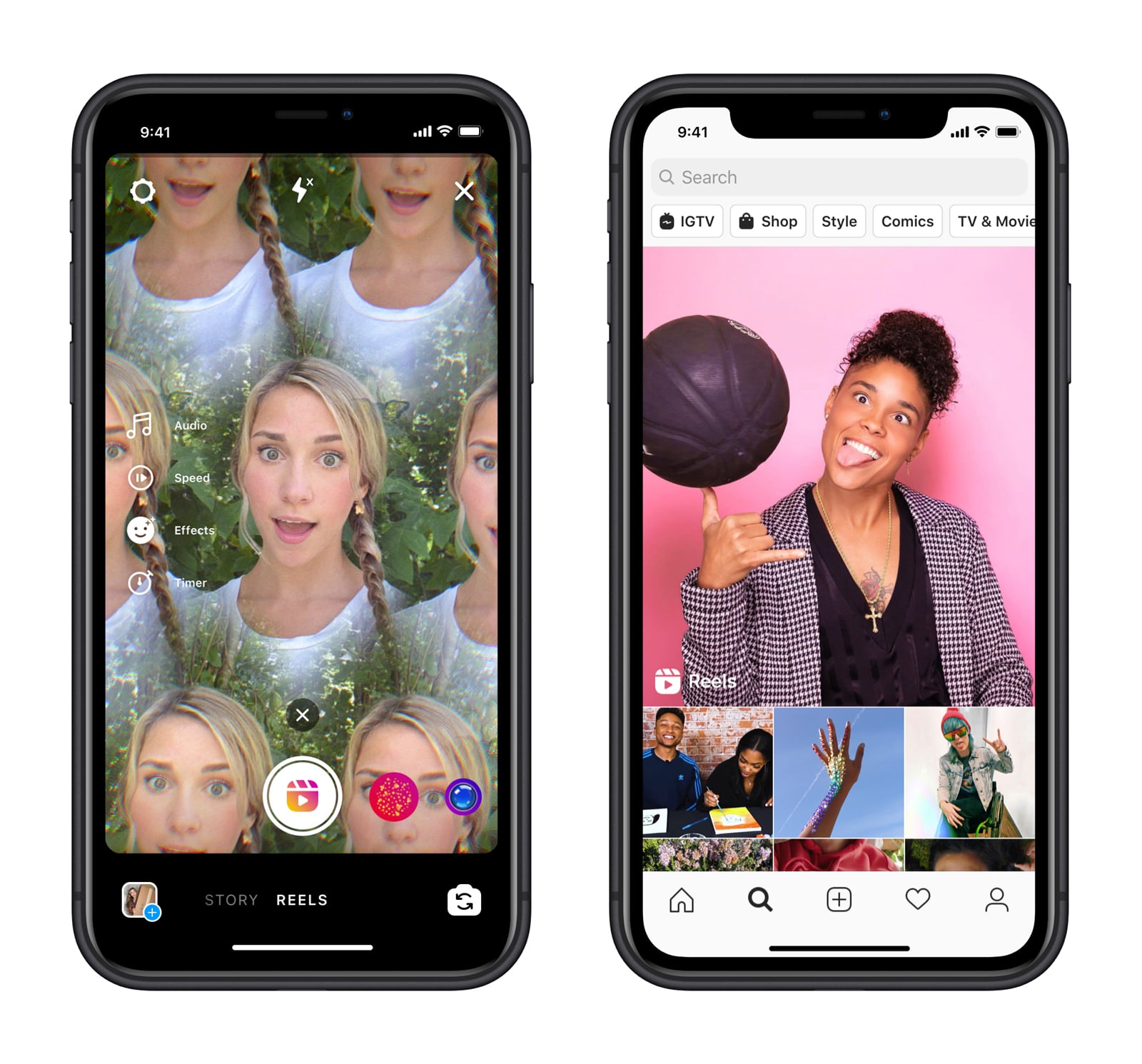2021 Marketing Predictions
Every turn of 2020 was utterly unpredictable. Nevertheless, we feel pretty confident about the 2021 marketing landscape. We’re less than a month in, and we’re already starting to see some trends that will define the year.
In all honesty, it’s anyone’s guess as to how the next 12 months will play out, but our team has some solid theories about digital marketing in 2021. At the very least, we know this year filled with a lot of progress. Things are already rapidly changing, but we’ll be prepared for whatever the marketing industry throws at us.
Here are the trends we think you can expect to see in the next year.
BRANDING
Immersion
People aren’t just buying products. They’re purchasing experiences and lifestyles too.
Out of all our 2021 marketing predictions, this one is the most abstract. At first glance, “Immersion” can feel like a foreign concept, but think about Disney. It’s become less of a brand and more of a lifestyle– movies, theme parks, hotels, cruises, clothes, storefronts, and even a fresh produce line at grocery stores.
The company has successfully immersed its consumers in all things Disney. They’ve mastered the full brand experience. And we think smaller companies are going to make their mark on immersive branding in 2021. Of course, on a smaller scale.
Lights Lacquer, an independently owned nail polish brand, has found an immersive tactic hidden in plain sight. The company uses its social media to host digital movie nights, or “Lacquer Ladies Nights.” Customers get to watch women-led movies with the brand’s owner, social media influencer Kathleen Fuentes.
The company’s first product launch focused on Girl Power, and they’ve made the theme a cornerstone of the brand. Lacquer Ladies Night is the immersive touchpoint used to deepen the brand’s connection with customers and drive that theme home. Instead of just a nail polish line, Lights Lacquer has positioned itself as a relatable lifestyle brand for women, by women.
WEB DEVELOPMENT
Comfortable Colors
Dark mode isn’t always the answer. Web developers will welcome new color palettes.
The dark mode trend was born out of concern for eye strain, but new research shows that dark mode may not be as beneficial as developers initially thought. As a result, the web design world is now waking up to the fact that serene colors can relieve eye strain too.
In 2021 we anticipate that web designers will opt for softer, more comfortable color palettes in direct response to the large swaths of black that overtook the internet. Many web designers are working color back into their projects and halting their dark mode projects altogether. And these color palettes are refreshing.
Don’t be surprised if you see calm shades of green, dusty mauves, and mid-tone blues within a site’s design. We also expect an influx in beige, cream, and tan color schemes, which can look quite sophisticated if executed correctly.


SEO
Google Analytics 4 (GA4)
We foresee a new wave of frustration and confusion among Google Analytics users.
Google Analytics 4 officially launched in October 2020 with a lot to be desired. It’s an entirely new way of tracking, measuring web and app traffic in one place. In theory, GA4 will collect enhanced measurement data like scrolling, file downloads, and video engagement. But it’s still in its infancy, and Google has left out many features that users have grown accustomed to.
“Many of the default reports that marketers have come to rely on have been removed or replaced. Popular dimensions and metrics such as ‘medium’ and ‘bounces’ no longer exist.” Ken Williams, Senior Data Engineer at Search Discovery
Here’s where the frustration comes in. The platform is shockingly incomplete compared to previous versions, even though Google has touted it as a 2021 marketing hub. Currently, GA4 doesn’t integrate with Google’s other tracking products like Search Console or Ads Manager. It also doesn’t allow for custom metrics like pageviews per visit.
In other words, basic reporting is a challenge, but it should get easier with time. How quickly Google plans to complete GA4 is still a mystery. Either way, we expect there will be a learning curve no matter your comfort level with previous Google Analytics versions.

Dissecting marketing trends is just something that’s a part of our nature. At the end of 2020, we analyzed some of the year’s most prominent trends. Even though we want to put last year behind us, we think the best way to learn about the future is to look at the past. Our lineup may give you some insight as to what your 2021 marketing efforts will look like.


